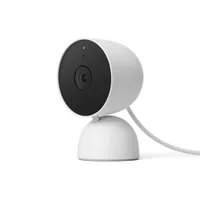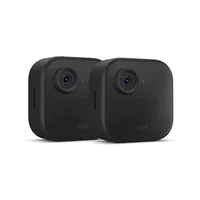The 3 best places to put a home security camera — and the 3 worst
Where you install your security cameras is key
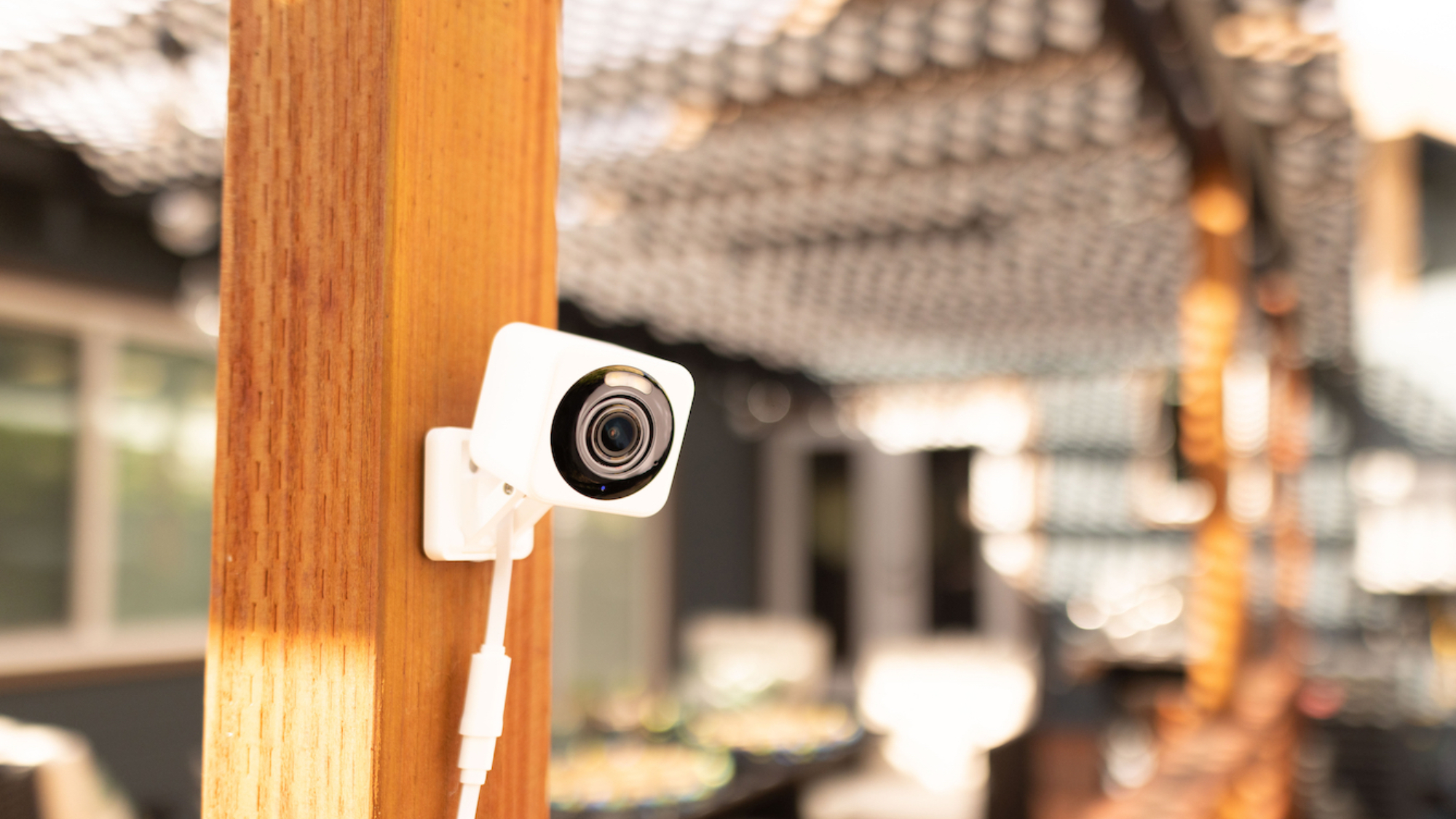
One of the most important parts of setting up one of the best home security cameras is deciding where the best place is for the device itself. You want to put a home security camera in the most optimal location – especially if you only have one or two of them. It has to be somewhere where the camera can view everything it needs to see without being blocked by anything, where it can’t get knocked over or down, where its relatively safe from the elements (if outdoors) or pets (if indoors) and from thieves.
Your home security camera should be accessible enough that you can change the battery or get to it if there are issues, and not so poorly positioned that it receives glare from sunlight, windows, or streetlights. If its positioned too high, your view won't be able to capture anyone's face, too low and it’s almost certainly going to get stolen or vandalized.
If you only have a single camera, it’s likely serving a single purpose, like watching the front door, the garage or an alleyway. If you have multiple cameras, try to think about what the goals for each of them are: Do you want to watch all the entry points to your home? The blind spots in the yard to see your kids? Are they just for the interior so you can have footage for when you’re away? Are there gates or shelves or walls that make mounting easier in one location over another? Write a list, and consider the following.
3 best places for your home security cameras
1. Facing or watching an entryway or front door
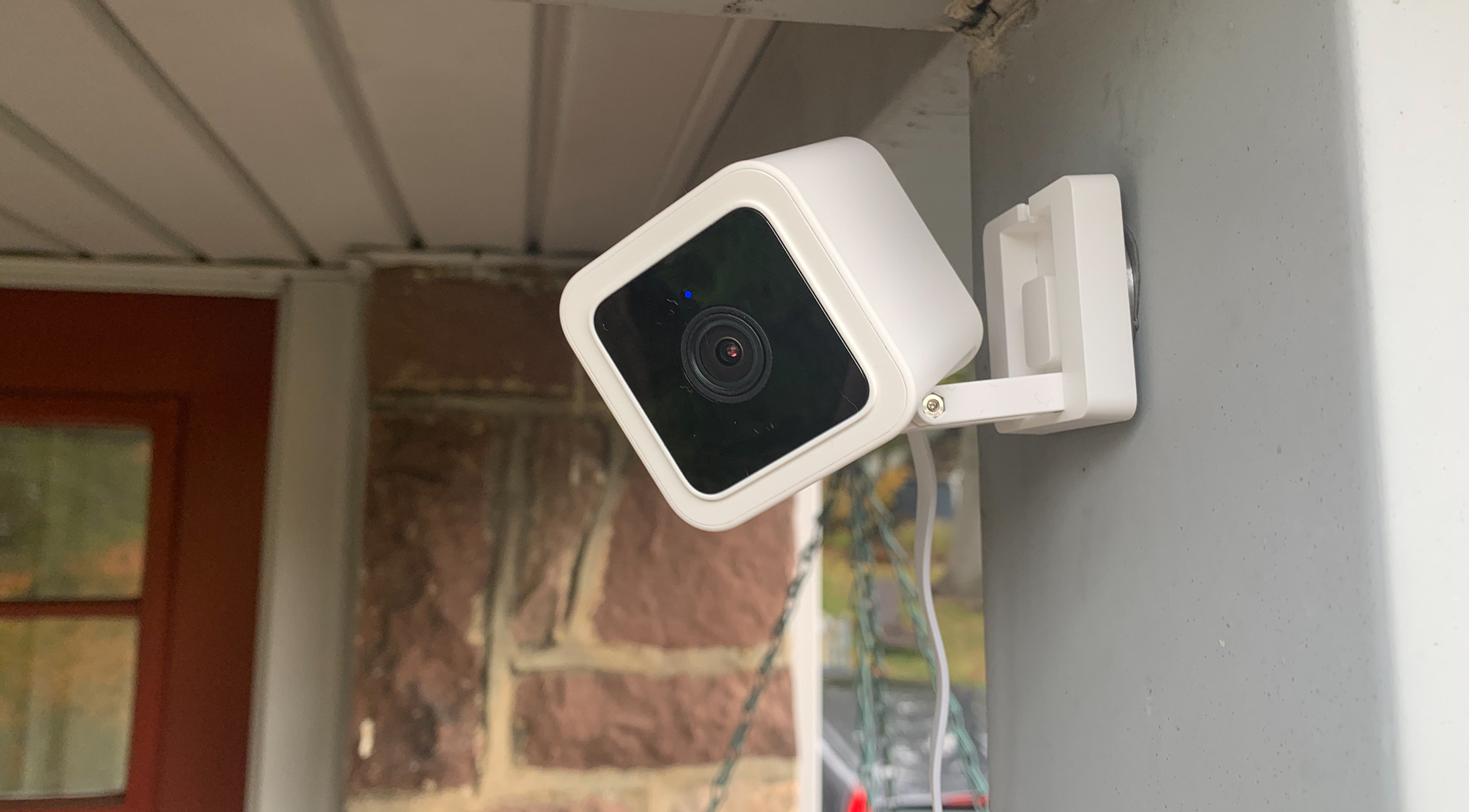
If you don’t have one of the best video doorbells, you should definitely have a home security camera watching the front entrance first.
A camera at the front door can watch who enters and leaves as well as keep an eye out for any package deliveries. Make sure your camera is placed so it can clearly view full faces, which should be roughly 8 to 10 feet high and at a downward angle. Also check to ensure that the camera is displaying the whole entrance including any porch areas or steps where someone may hang around waiting.
Google's Nest Cam offers a 1080p resolution, and night vision. It can distinguish between a person, vehicle and animal, and shows up to 3 hours of free event history. If you add a Nest Aware subscription it will keep 60 days of video history. There's a built in speaker and microphone and because it's wired you won't have to worry about battery life. Although it's an indoor camera, it's easy to position in a variety of locations or mount.
2. A garage or driveway

Often where break-in’s occur, a garage is a place where a lot of valuable items are stored, like expensive tools, vehicles or bicycles, and it can also be an access point into your house.
If you’re putting a camera here, make sure it can see the garage door and side entrances to the garage. Also ensure that you can view license plates and faces of people who enter your property, if your driveway has a gate or connects to any streets. If you’ve got a detached style garage, the camera should be able to pick up the path between the garage and your house too.
Get instant access to breaking news, the hottest reviews, great deals and helpful tips.
3. Backyard, decks or patios
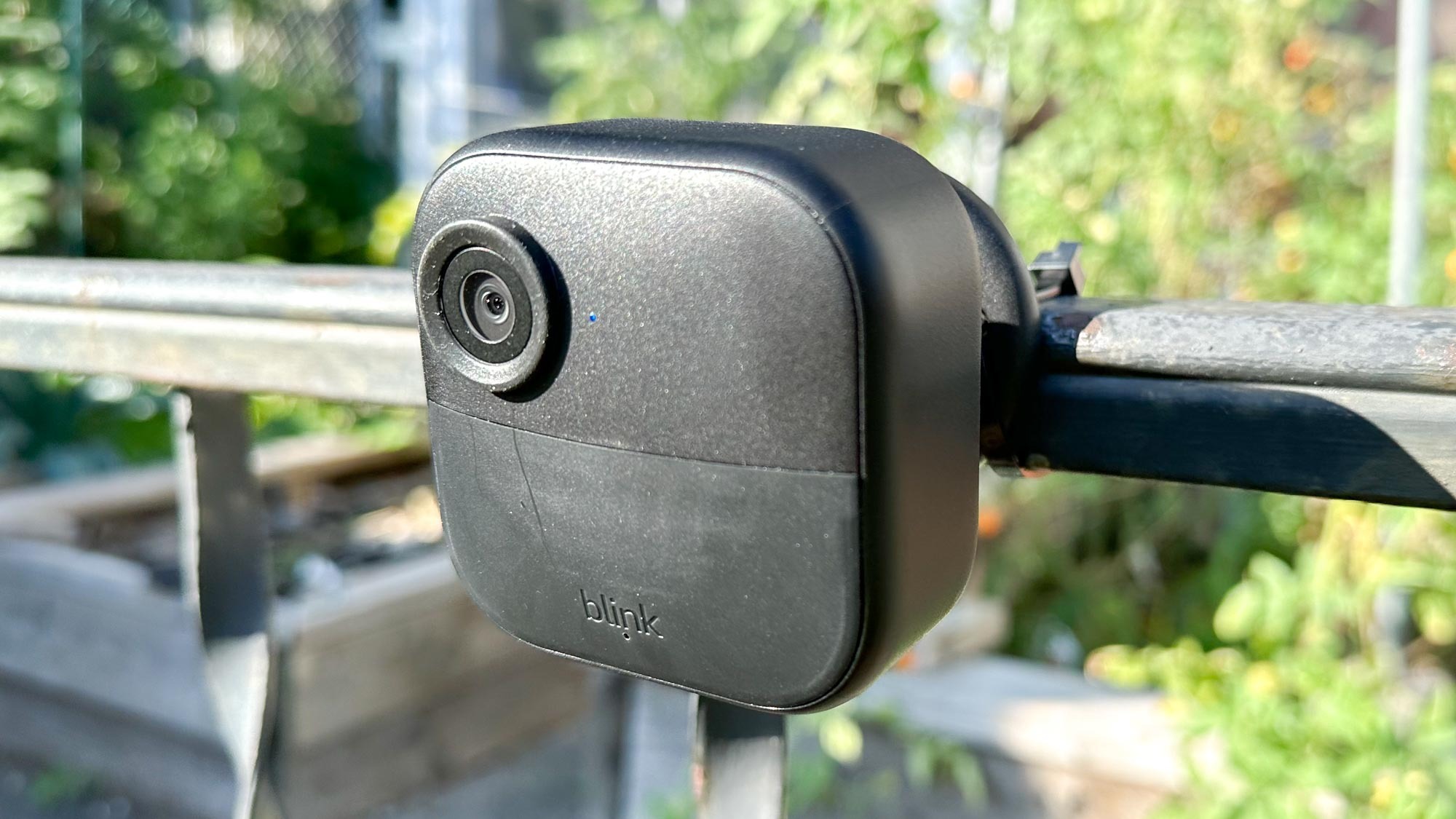
Thieves will often sneak in through a backyard or patio, but a camera here can also keep an eye on children or pick up pets or wildlife that could be breaking into trashcans or causing other mischief.
Try to pick a location that will provide you with the widest possible field of view, and avoid a position where you’ll have to worry about trees or bushes that will need to be trimmed frequently. If you have a fence, gate or shed, you’ll want to make sure that’s included in the coverage area as well.
Blink's Outdoor 4 camera is a great pick for outside because it's easy to mount almost anywhere, the AA batteries will last up to two years and the video quality is great for the price. It's weatherproof and has 1080p video resolution and videos can be saved locally to a USB drive. It has person detection, infrared night view and two-way talk as well.
3 worst places for your home security cameras
1. Low on a fence or against a wall
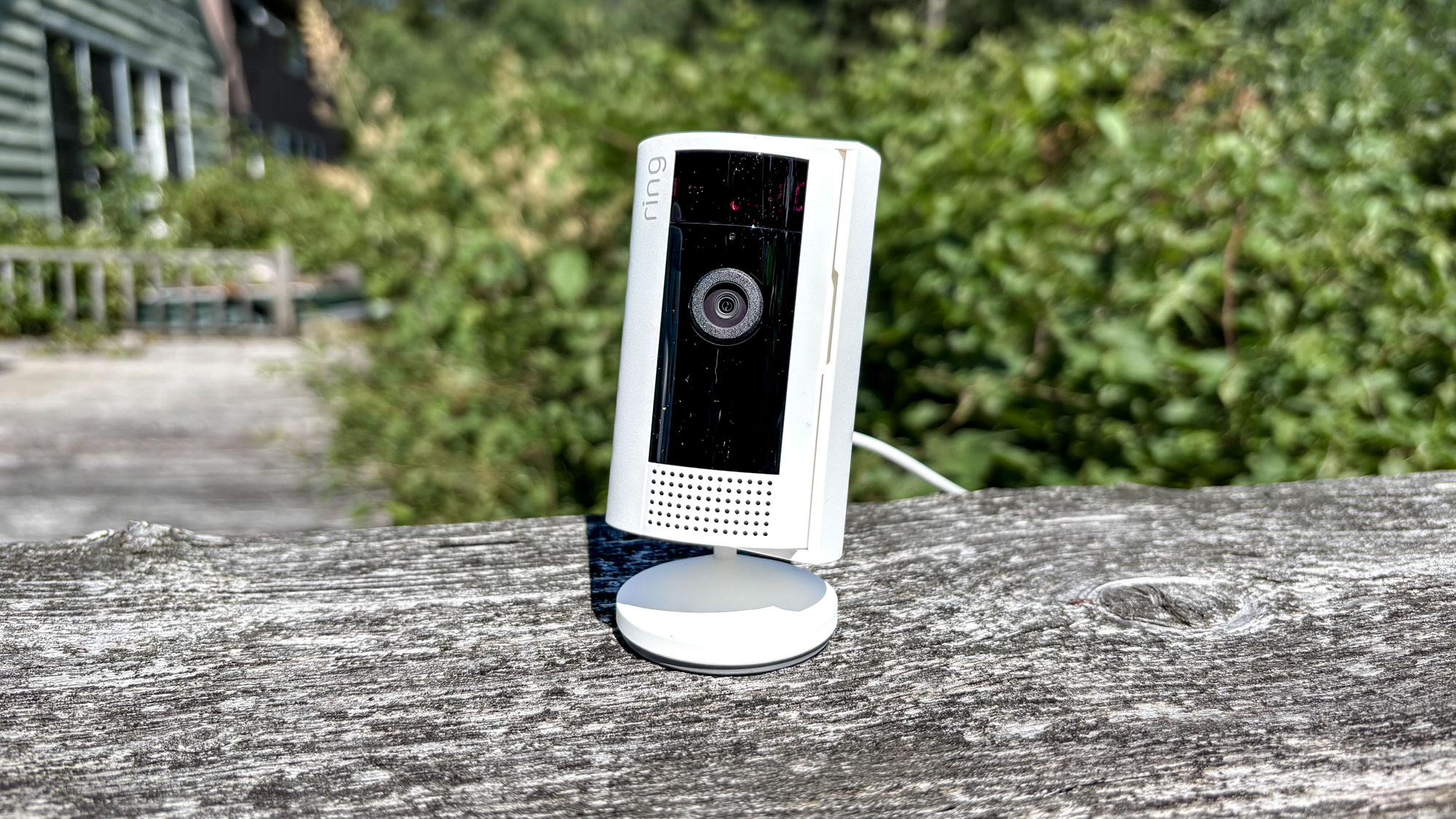
While it may be tempting to place a camera at a position where it’s simple to access for battery changes or so it can pick up faces easier, you don’t want it anywhere that it can be stolen, or vandalized. You just spent money on a camera to deter those kinds of actions, remember?
Don't tempt fate or thieves, and don't put yourself through the hassle of having to replace multiple cameras. Keep them high enough that they're hard enough for others to access.
2. Against a bright window
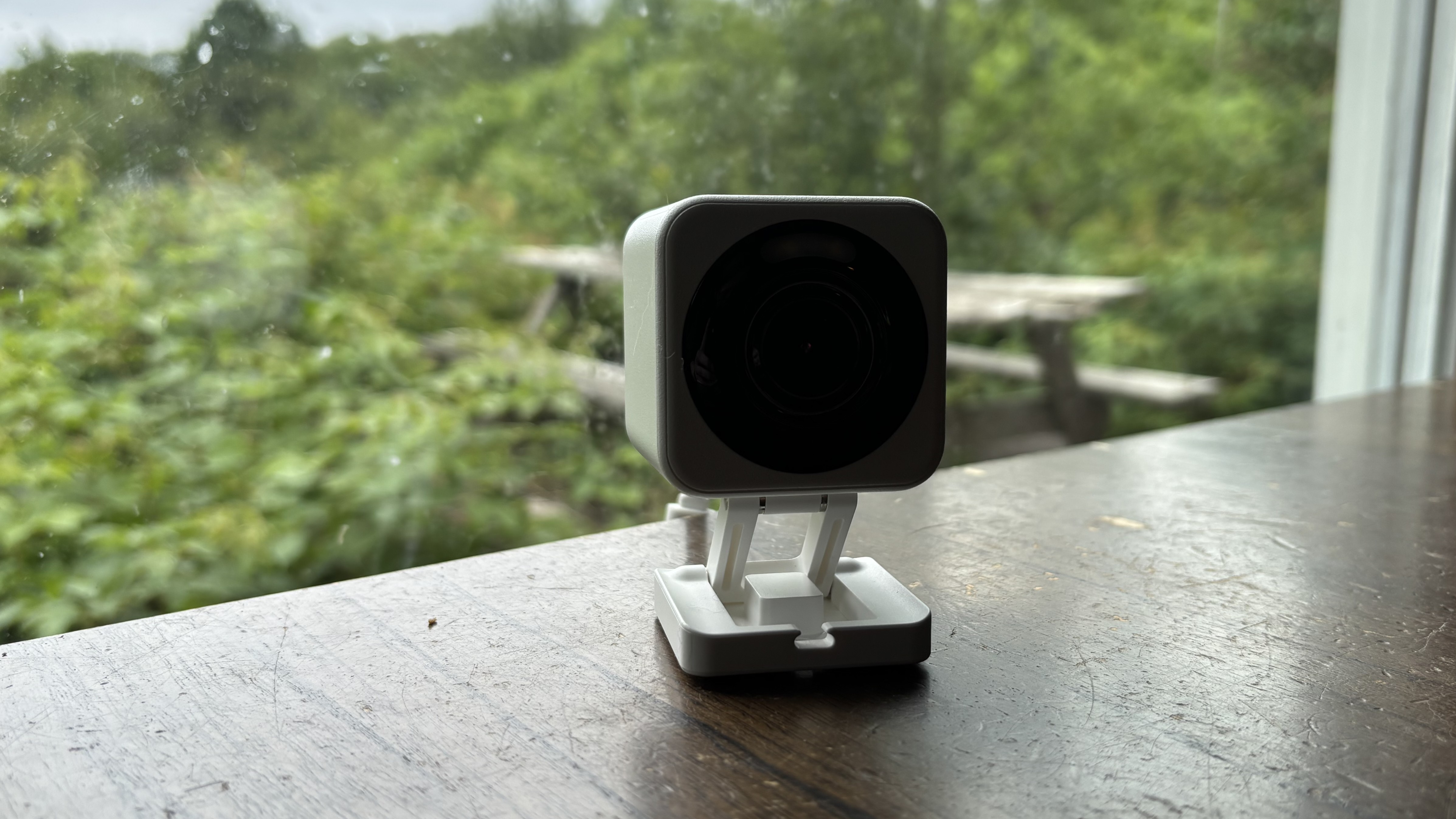
While it may be tempting to keep a camera inside, pointing out through a window, the glare is just going to reflect back at a camera, which is going to ruin your video feed.
It’s much better to find an outdoor position than to try to place a camera inside where you'll just get the interior reflected back at you (particularly during nighttime).
3. Facing a neighbors property
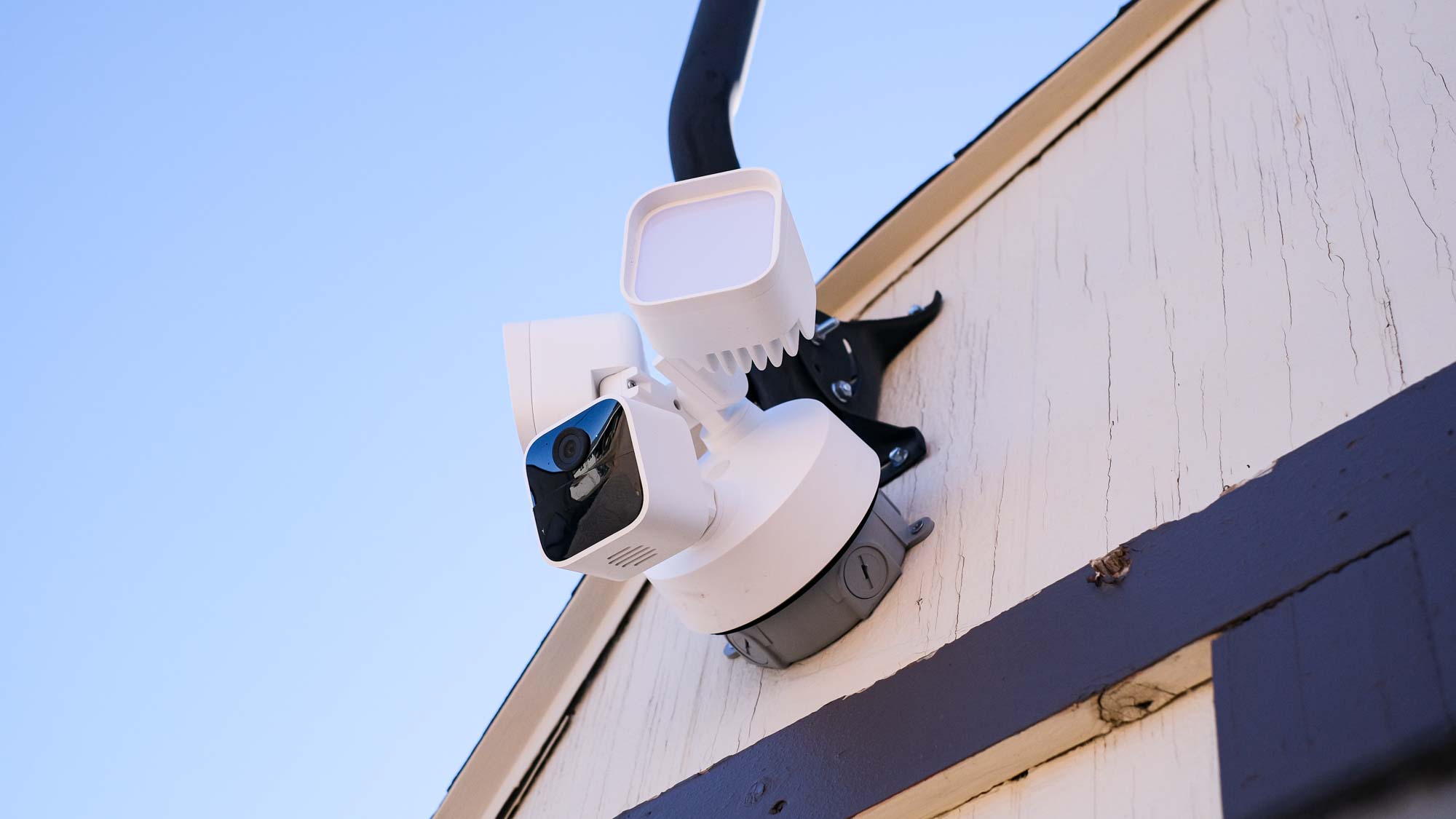
There may be a good reason you need a camera looking near or at someone else’s house or property. Maybe your fence backs up onto your neighbor's yard, or you’re having a legal dispute and trying to document behavior – but depending on the laws in your area, this can cause privacy issues as well as legal ones too.
You can use the features on your camera to avoid them though, since many smart security cameras come with privacy zones. However, you should definitely still know what the laws for your area are when it comes to having a camera pointed in the direction of another’s property.
More from Tom's Guide
- Forget blind spots — Wyze’s Duo Cam Pan system uses two cameras to see nearly everywhere
- Why does my robot vacuum keep getting stuck? 5 simple ways to fix it
- Summer is heating up — but so are these 4 deals on our favorite smart thermostats

Amber Bouman is the senior security editor at Tom's Guide where she writes about antivirus software, home security, identity theft and more. She has long had an interest in personal security, both online and off, and also has an appreciation for martial arts and edged weapons. With over two decades of experience working in tech journalism, Amber has written for a number of publications including PC World, Maximum PC, Tech Hive, and Engadget covering everything from smartphones to smart breast pumps.
You must confirm your public display name before commenting
Please logout and then login again, you will then be prompted to enter your display name.
